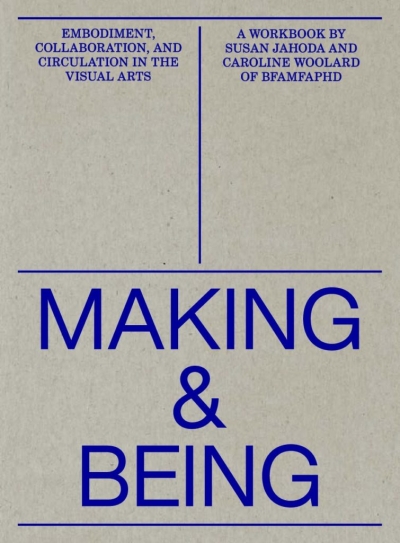
Builders. Socially engaged Architecture from Hungary
Builds ~ makes, does, constructs, creates, develops.
However we try to describe it, the point is: building is an activity, strongly connected creating. We build and construct, not only with our hands, but with words. One way or another, we create something every day. But what do we build for others, with a socially engaged attitude?
Hello Wood's new book is out, presenting projects of Hungarian socially engaged architecture from the 21st century, for everyone whose interested in a shared, social responsibility. Because it's good to build. It is important to build. Building means looking forward.
Social architecture is not a new phenomenon. But what does it mean really? Have we noticed it in our environment? Does it have any special eastern-european attributes? If so, what are those? What are the deeper motivations behind these projects? How are these projects integrated in its communities life? Are these micro architectural interventions capable of contributing to real change?
The goal of Builders is not only to showcase these type of initiatives: it also aims to present their background, their challenges, its social context, local problems and tasks, it looks back at the phenomenon's Hungarian roots and presents Hungarians's international experiences working in this field.
The Builders presents accomplished projects:
• where being socially responsible, open minded, capable of cooperation and reaching out is not only a professional or architectural matter;
• which point out that everyone has a chance to be active and take a role in achieving goals that concern their direct, or less direct environment, whatever professional and skills they may have;
• that send us the message: everyone can join the process of building, thus contributing to the forming and maintaining of a community.
This book presents their works. They are the BUILDERS.
AUTHORS:
Borbás Péter, Cságoly Ferenc, Fajcsák Dénes és Fábián Gábor, Fehér Bori, Holczer Veronika, Hüttl Sarolta, Irimiás Balázs, Andres Lepik, Kemes Balázs, Michael Müler-Verweyen, Oroszlány Miklós, Pozsár Péter, Somogyi Krisztina, Stein Júlia és Tátrai Ádám, Turi Attila, és a Debreceni Alkotóműhely tagjai.

































































































